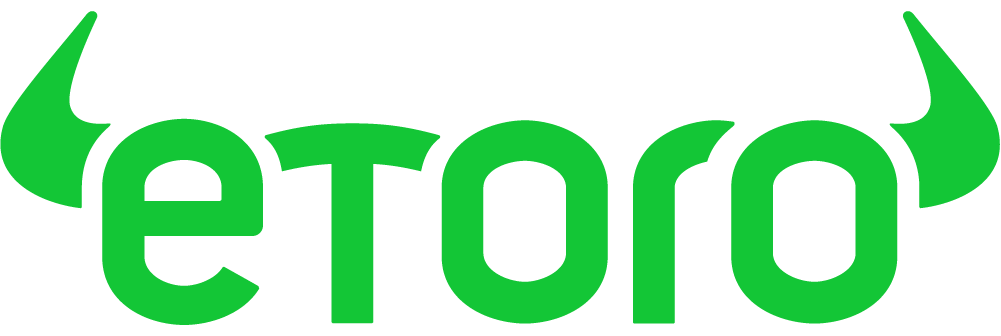Polkadot Blockchain Academy (PBA), the educational branch of the Polkadot (DOT) ecosystem, has announced the launch of The JAM Course, a specialized program designed to help developers make innovations in Polkadot’s blockchain architecture, as per the reports shared with Finbold on February 10.
The course is set to launch in December 2025 and is the first project exploring Join-Accumulate Machine (JAM), the new framework conceptualized by Polkadot co-founder Dr. Gavin Wood.
Polkadot’s JAM Course
A follow-up to the PBA Campus, JAM Tour, and PBA-X, the academy’s four-week entry-level program, The JAM Course is designed primarily for experienced Web3 developers looking to explore The JAM infrastructure.
Unlike traditional blockchain programs, The JAM Course emphasizes learning through experience supplemented by various high-level tutorials, joint interactive sessions, and open discussions.
Pauline Cohen Vorms, Chief Executive Officer (CEO) of Polkadot Blockchain Academy, described the program as the ‘next frontier’ for the chain:
“JAM represents the next frontier for Polkadot, and this course is a gateway for developers eager to explore its transformative potential. Through this program, participants will not only gain technical expertise but also a deeper understanding of how Polkadot is driving the future of blockchain interoperability.”
During the program, participants will work with JAM’s core components, including its Refine, Accumulate, and OnTransfer functions, which are crucial for understanding how the layer can reshape the future of the blockchain.
Participants will also explore tools such as the Polkadot Virtual Machine and Polkadot API, both essential to building real-world applications.
The Join-Accumulate Machine framework
JAM was designed to replace Polkadot’s relay chain by introducing a more flexible and scalable decentralized application (dApp) environment.
It supports permissionless code execution, Solidity smart contracts, and roll-up outputs, which let developers integrate computation both on- and off-chain.
In turn, this eliminates the need to choose between appchains and smart contracts and offers a unified environment for both.








